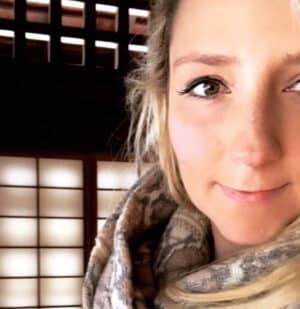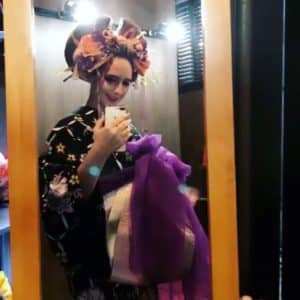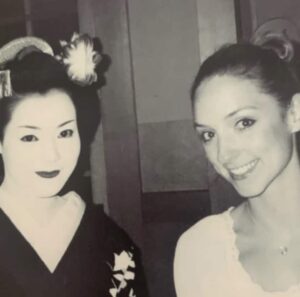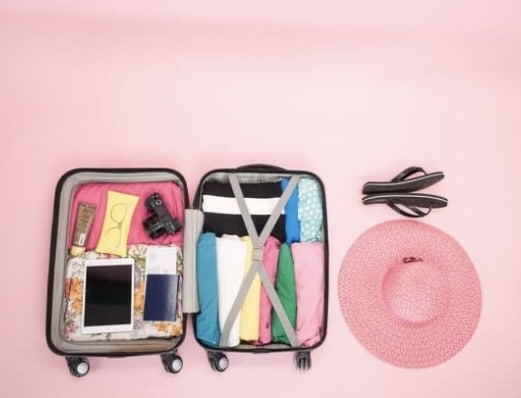
I have a What to Pack with Kids when going to Japan post and also a Preparing for Japan article (more geared towards adults.). These blog posts include apps, things to prep in advance and other random tips such as what to do in an emergency, etc.
However, I know that some people (just like me) preferred to have detailed specific lists of what exactly to make sure they have in their suitcase when travelling to Japan.
I’m writing this assuming that most people reading will be travelling to Japan for 1-2 weeks.
*Please note that, of course, the weather can always surprise us so it is best to check weather reports and forecasts as you pack for unseasonably hot or cold weather
WHAT TO PUT IN YOUR SUITCASE, REGARDLESS OF THE TIME OF YEAR:
–Passport (and take a photo of your passport and boarding pass before boarding plane so you don’t need to deep dive for these items when filling out immigration forms.)
A good passport wallet – In Japan you are required to keep your passport on you at all times. I have a family passport wallet like this (I have a link here but it’s not an affiliate or anything- just an example. I think it’s important for it to have a zip so nothing falls out in your bag and it’s harder for it to get water on your passport in the rain etc too. I also keep a pen and any frequent flyer cards and keys for any suitcase padlocks there too.) I find it easier if the passport holder is a completely different colour to my wallet- just easier to find in my handbag.
-A piece of paper with your first accommodation address written out or printed out (even better if it is written in Japanese and English) This makes life easier when going through immigration AND for showing to a taxi driver or anyone you may need to ask directions from at the other end
–Plane entertainment for kids (I write in detail about what to pack for planes with kids here)

-(although not technically in your suitcase…) Hand luggage (I write in detail about what we always include in our hand luggage here)
Which handbag or backpack do I like to use while getting around everywhere in Japan?
I’m not an affiliate or anything (although they are welcome to send me a free bag anytime if they want to!!!) but I love my Vestiri bag for getting around Japan – including at Disneyland. I love how it can be a shoulder bag or a backpack. I own two now! I have the Bella in Black and the XL Bella in Brown.
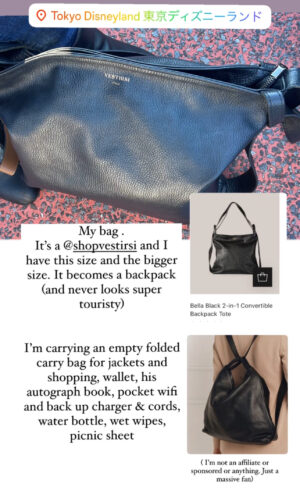
–Underwear and Socks* for at least 5 days (more if you haven’t been clever enough to book a hotel with an on-site coin laundry- highly recommend doing this, if you can) *Make sure the socks don’t have holes in them. Japan is one country where you will be taking shoes off and everyone will see your socks.
*A little note on coin laundries in hotels in Japan. The detergent is almost always built into the machine. If someone in your family has allergies to certain washing powders it is probably best to email in advance to find out what they use and what your options are. Oh.. and another note.. if the washer and dryer is built into one machine – the dryer setting really only works well for 1-2 items (big items like a pair of jeans and a long sleeved top, I mean) so don’t do what I do and just put in heaps of things to dry for longer – hoping that they will dry. It doesn’t work like that. Best to do little tiny drying sessions for the best drying results. It a lesson in patience but it will save you lots of coins in the long run
Random parenting hack: bring lots of old undies. Wash and wear for the trip and then never bring them home with you. Same goes for pyjamas (don’t pack more than 2 sets of pjs per person because lots of hotels provide them anyway). It’s so nice to not bring everything home with you, if you can.

-If you are allergic to certain types of washing powder/laundry liquids – Please make sure to bring from home but ALSO please email your accommodation to ask if it is possible to put your own washing detergent into the machine while doing laundry in Japan. Many hotel laundries have inbuilt liquid/powder so you will need to check. I know that Section L hotels allow you to put your own in the machine as well as some airbnbs but you will need to email and check every place you stay. I speak about it more here in my “Japan with severe allergies” post.
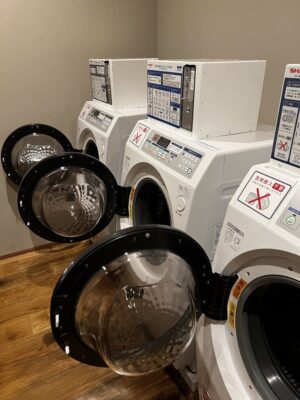
–Shoes that are easy to take on and off (this is not the time for boots with a gazillion buckles and zips) … I recommend packing two pairs of comfy good quality walking shoes (sneakers etc) per person and, if one of those two options aren’t suitable to wear out to a dinner at a nice restaurant – then one extra pair too. The reason I recommend two sets of good quality sneakers/walking shoes? Because sore feet need a break from different types of shoes. Different shoes just wear differently and press on different types of the feet so it’s great to be able to give your feet a “break.” It’s also a great option if one pair of shoes break. I mention it in my Preparing for Japan article but, depending on your shoe size, it can’t always be easy to purchase shoes in Japan.
-(although not technically in your suitcase…) Strollers & Baby Carriers
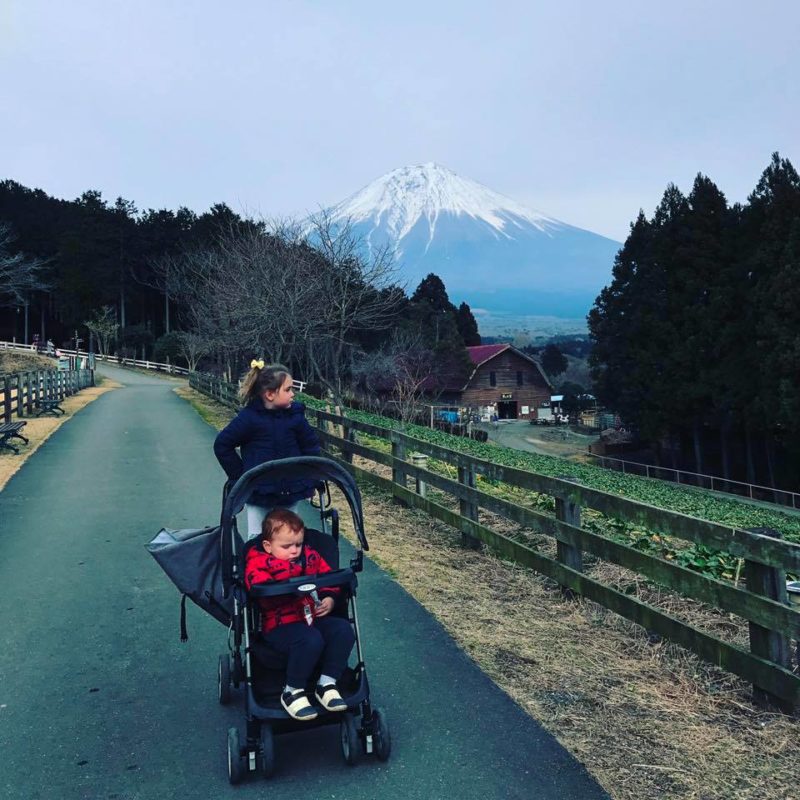
–Chargers and International Adapters for your devices
-A wallet with a coin section or a seperate coin purse – Japan is still a society that relies on cash for many purchases. You will be carrying around more coins than you may be used to.
-Collapsible laundry hamper – this isn’t a must but I never travel without one. It is keeps a small space tidy and also is handy for using a hotel’s on-site coin-laundry.
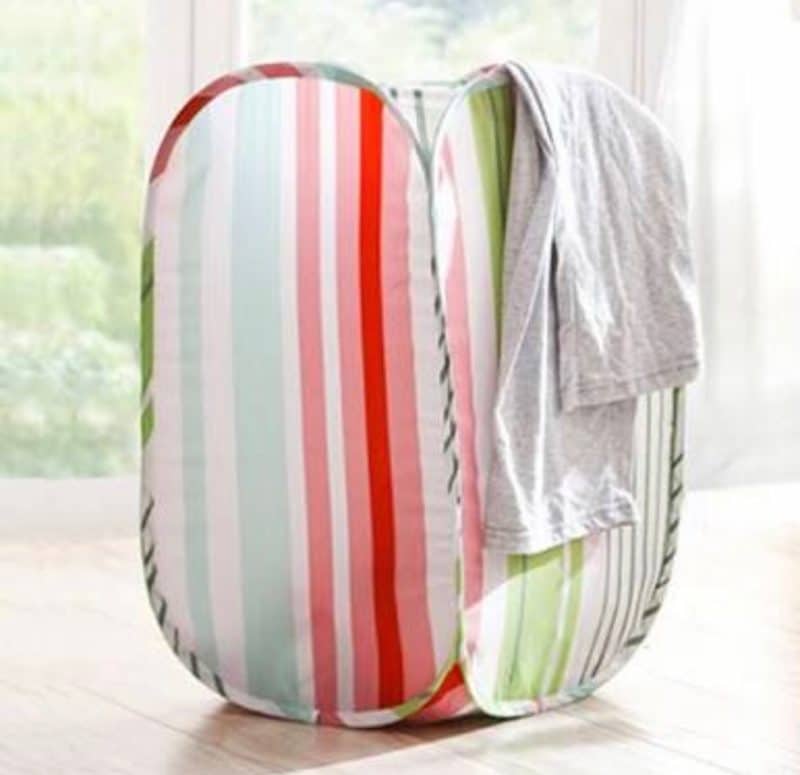
–Baby food and familiar snacks for kids (even if your children aren’t picky eaters – the convenience stores in Japan have amazing options and lots of healthy options but it’s also great to have a few favourite snacks from home while everyone adjusts.)
–Nappies / Diapers for the first 3-4 days – just so you’re not hunting around for these items as soon as you arrive. In major cities, it can be hard to find nappies – here are my tips on where to buy nappies in Tokyo.
-A few Ziplock Bags – I find this handy when travelling with children as they don’t always finish their meals and … well… I’m not too fancy to be “that Mum” sliding those leftovers away and then into my bag.
–Tampons -unless you’re ok with using the Japanese plastic self-applicator type
–Deodorant as I just don’t find the brands in Japan for be more than a light body spray type and prefer to bring my own
–Medication (make sure it’s approved and allowed in Japan) – I speak about this in more detail in my What to Pack with kids article here.
-Lactaid If you have a dairy intolerance of any sort, please also note that medications like “Lactaid” aren’t easy to get in Japan. Lactase enzyme supplements are only available by medical prescription in Japan.
–Plastic Bags (a few folded up plastic bags in your handbag are a good option – rubbish bins aren’t found easily when out and about so it’s good to have options to store wrappers and tissues etc as you go until you are able to dispose of it later in the day.)
–Fibre Supplements or a powder you can add to juice etc- it’s handy to have these as many people experience constipation when first visiting Japan. I speak more about this in my blog post about explaining awkward scenarios in Japanese here.
–Toothpaste – especially if you like Colgate. Japanese toothpastes are often fruit flavoured and colgate is hard to find. So bring from home if you have a certain brand that you are loyal to.
–Items to help keep your hotel room safe (and fun) for kids
–Stickers and colouring books to keep kids entertained in restaurants and on longer haul bullet train trips.
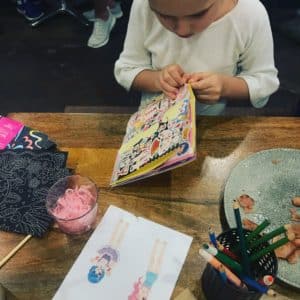
-A portable charger for devices
–dryer friendly clothes In my blog posts on Where to Stay in Japan with kids I mention which hotels have coin laundries or washing machines in the rooms. This allows you to also pack less and wash as you go (I like to put on washing in the evening and have it folded and back in the suitcase before bedtime.) This is always easier when you can make use of the dryers available. For this reason – dryer friendly clothing makes everything easier.
WHAT NOT TO PACK FOR JAPAN
– Medication that isn’t allowed in Japan
–Perfume and Colognes (it’s seen as impolite to wear an overpowering scent in spaces that need to be shared by others)
WHAT TO PUT IN YOUR SUITCASE FOR JAPAN IN DECEMBER, JANUARY, FEBRUARY, EARLY MARCH
So, if you will be going to the snow to ski, you will definitely need snow gear, but if you are sightseeing and exploring Japan during the winter months I recommend packing the following:
– A good quality puffer jacket for everyone (long or just past the waist is best) *During Winter, I find Japan to be extremely overheated indoors and inside public transport so I think layers and layers of clothing is a big mistake -having one layer to be able to quickly and comfortably peel off is a game-changer.
-A beanie and a set of gloves for everyone (and a scarf, if you like.)
– Not a must but I like to wear ankle boots in Japan during the colder months and mix it up with my sneakers.
–Long trousers such as jeans (2-3 pairs)
– 3-4 shirts (a mix of long or short sleeved shirts) – more if you haven’t booked accommodation that has an on-site coin laundry
-At least one outfit to wear out for a nice dinner (as I mention in my What to Wear in Japan blog post, Japanese people dress very well and it’s nice to not feel like a tourist all of the time.
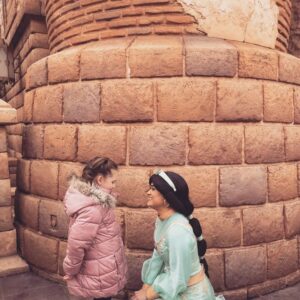

WHAT TO PUT IN YOUR SUITCASE FOR JAPAN IN MID-LATE MARCH, APRIL, MAY
– A medium to light jacket/coat for cooler days, mornings and evenings
-A beanie or some kind of hat
-1-2 sweaters
-3-4 shirts (a mix of long or short sleeved shirts) – more if you haven’t booked accommodation that has an on-site coin laundry
-3-4 pairs of trousers
-At least one outfit to wear out for a nice dinner (as I mention in my What to Wear in Japan blog post, Japanese people dress very well and it’s nice to not feel like a tourist all of the time
– Hay fever medicine (be sure to check that your medication is allowed in Japan)
-Mosquito repellant (especially for the mid-end of May or if the weather is reported to be unseasonably warm)
-Although not required, it can be a good idea to have a couple of disposable ponchos on hand for rainy weather
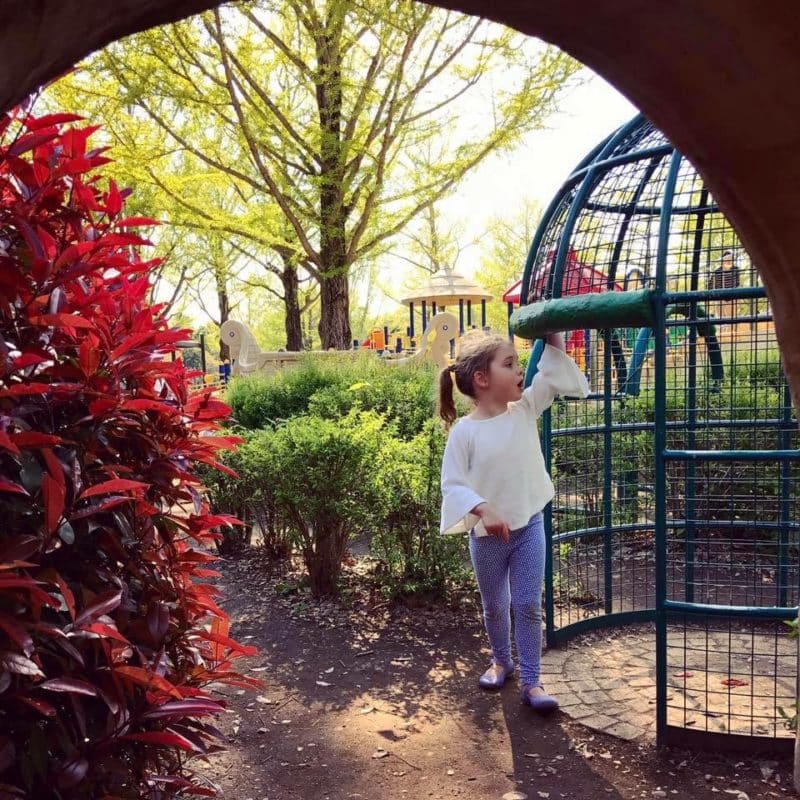
WHAT TO PUT IN YOUR SUITCASE FOR JAPAN IN JUNE, JULY, AUGUST, SEPTEMBER*
Please note that September and even some of October have been extremely hot over the past 2 years or so. I recommend 1-2 sweaters MAX per person for these months (including what you are wearing on the plane.)
-Although not required, it can be a good idea to have a couple of disposable ponchos on hand for rainy weather
-Mosquito repellant
–Sunscreen
I always try to use Australian sunscreens but if I have to buy Japanese brands. These are the two I personally like (they are lovely and light – the bottles are too small for my liking though.)
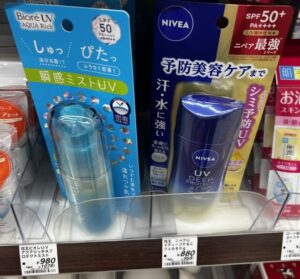
-a sun hat
-5-6 shirts (a mix of long or short sleeved shirts) – more if you haven’t booked accommodation that has an on-site coin laundry. I believe you need more shirts at this time of year as the humidity is a LOT – especially in July and August. Make sure all fabrics are light, breathable and wash and dry easily.
-3-4 pairs of shorts or trousers
-Swimsuits in case you decide to use a pool or you have a swimming pool at your accommodation in Japan
-An empty spray bottle or a portable fan (both of items can be purchased in Japan too but if you don’t want to spend your time hunting around.. then bring from home. These items are both great to be able to attach to a stroller when travelling with small children.
-June can be rainy so, for little kids, light plastic gumboots can be nice to pack (as long as they are comfortable to walk in) and my kids also like to wear waterproof sandals in these months as, even if it’s wet it’s still hot and humid.
-Sorry if it’s TMI but I recommend packing bike shorts or tight longer shorts to wear under baggy trousers/shorts or under dresses during the summer months. The hot, humid and extremely sweaty summers in Japan mean that the chaffing threat is real. Actually – you might want a small travel sized bottle of talcum powder for this reason too.
Download the MyMizu app : This app allows for you to see all the spaces in Japan where you can fill your water bottle while on the go in Japan.
Mizu means water, in Japanese.
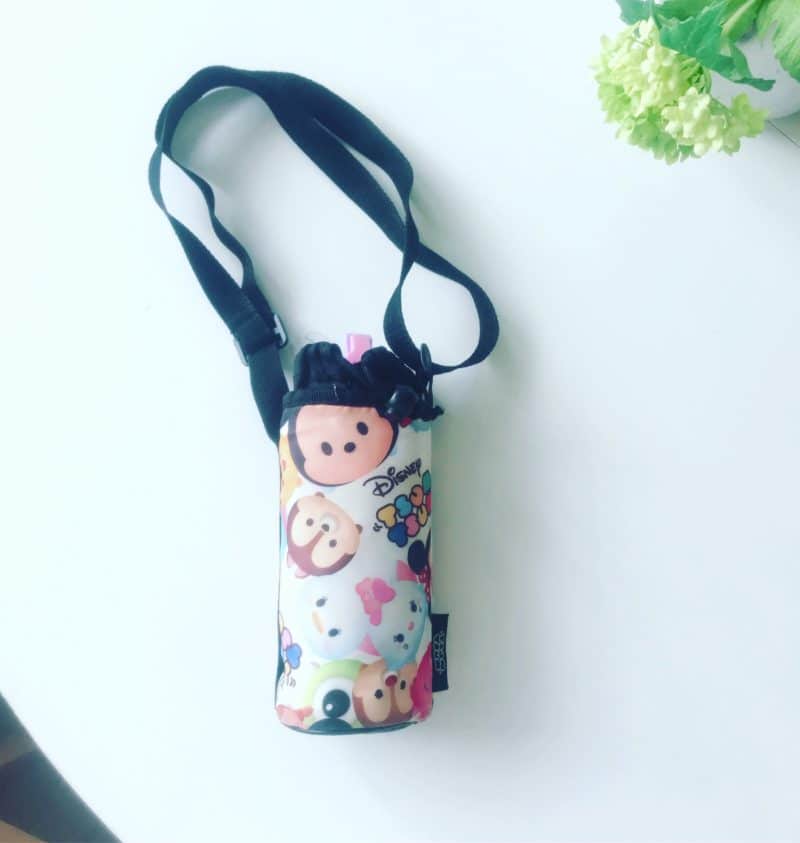
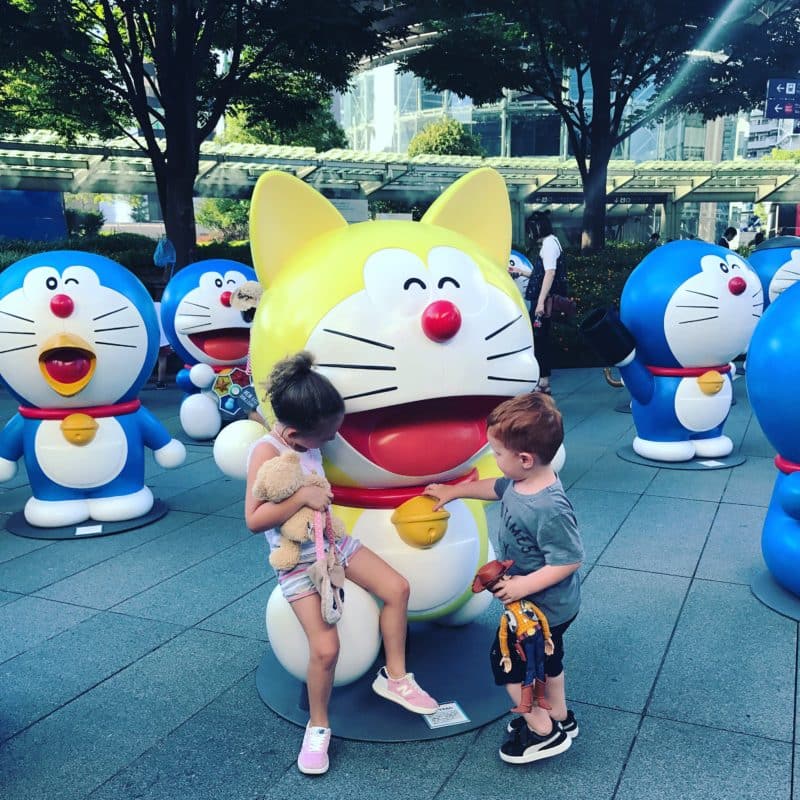

WHAT TO PUT IN YOUR SUITCASE FOR JAPAN IN SEPTEMBER, OCTOBER, NOVEMBER & EARLY DECEMBER
Please note that September and even some of October have been extremely hot over the past 2 years or so. I recommend 1-2 sweaters MAX per person for these months (including what you are wearing on the plane.)
– A medium to light jacket/coat for cooler days, mornings and evenings
-A beanie or some kind of hat
-1-2 sweaters
-3-4 shirts (a mix of long or short sleeved shirts) – more if you haven’t booked accommodation that has an on-site coin laundry
-3-4 pairs of shorts or trousers
-At least one outfit to wear out for a nice dinner (as I mention in my What to Wear in Japan blog post, Japanese people dress very well and it’s nice to not feel like a tourist all of the time
– Not a must but I like to wear ankle boots in Japan during the colder months and mix it up with my sneakers.
– Hay fever medicine (be sure to check that your medication is allowed in Japan)
-Mosquito repellant (especially for September or early October or if the weather is reported to be unseasonably rainy and humid)
-Although not required, it can be a good idea to have a couple of disposable ponchos on hand for rainy weather
–Sunscreen
-A sun hat
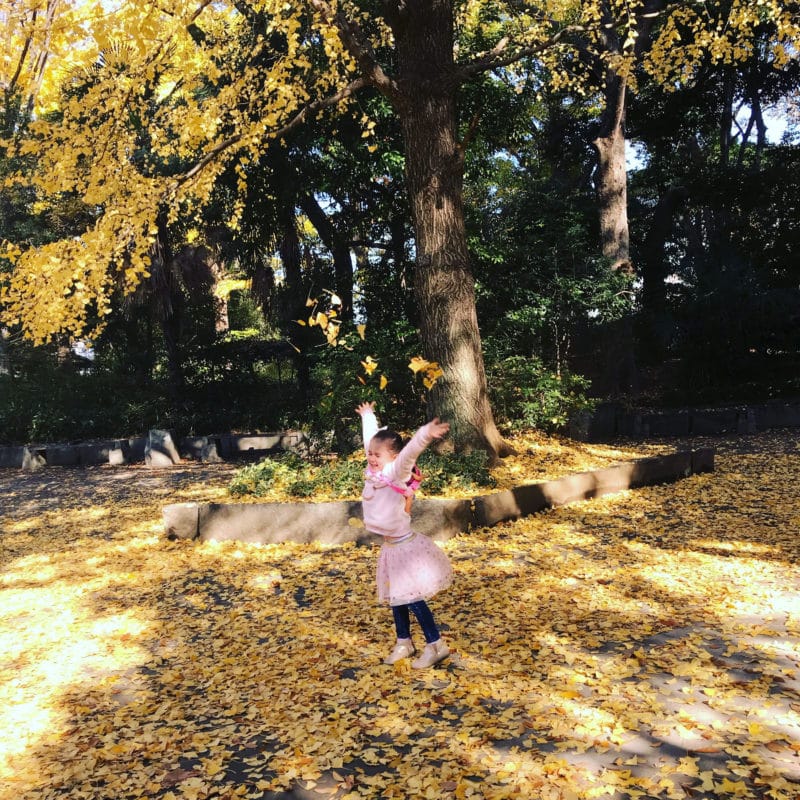
Regardless of the month, Download the Google Translate app
This is especially handy when reading rules or the back of food products etc. The results are instant. See here for travelling in Japan with severe food allergies. I also have an article here on how to find milk and identify different products in the Japanese convenience stores.
I also have a pre-travel checklist of all the places and things to organize before your Japan holiday here.
If you’re at the very beginning stages of planning your Japan holiday, I walk you through all the step by step things to organize here.

